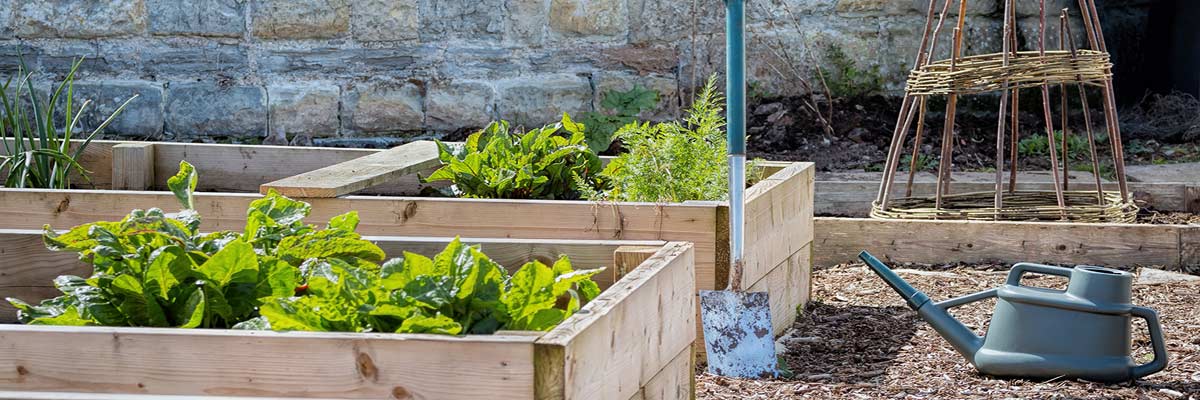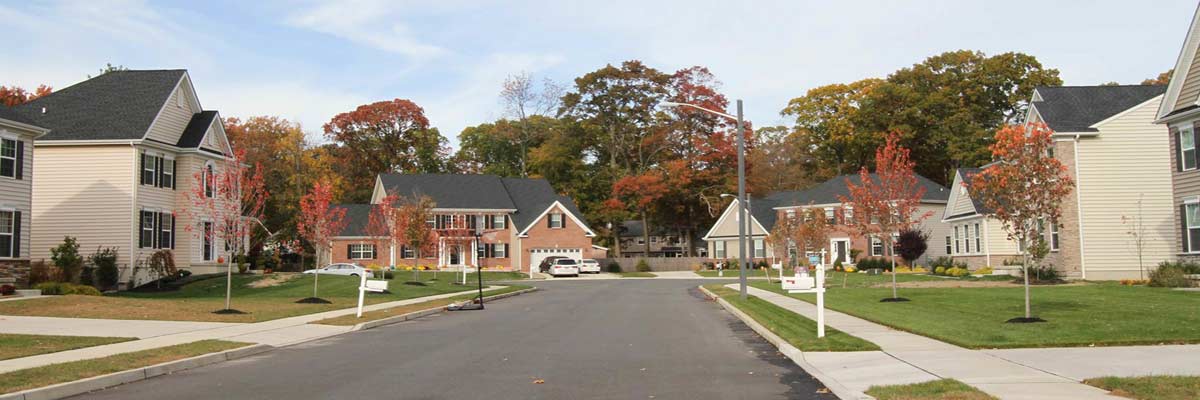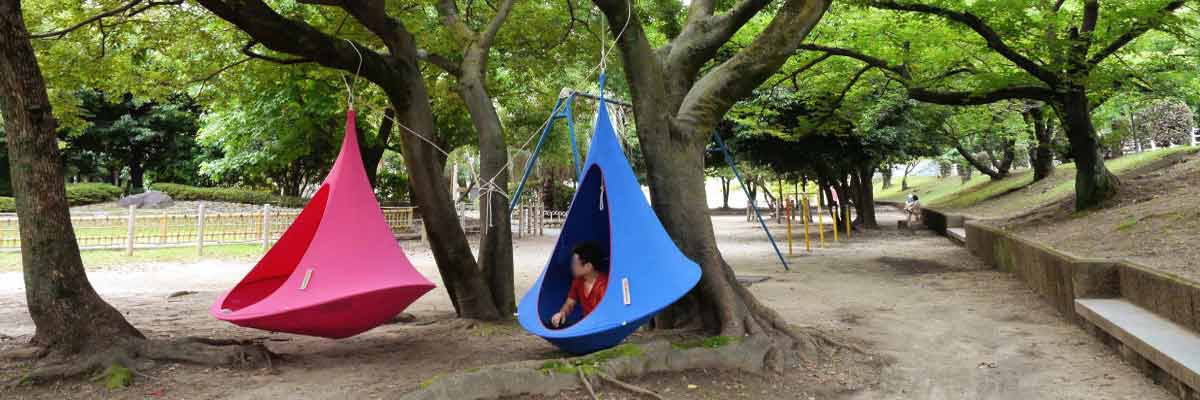Feeding The Suburbs
This is the last story in our series from Wendy.
***************************************************************************************
This evening, after I read Andrew Lost on the Dog to Precious, I sat back in my bedroom and thumbed through the March/April edition of World Ark, the magazine published by Heifer International. What struck me as I read through the articles was the statistic “85% of all farms worldwide are smaller than five acres” (15). Several articles, cited the fact that most subsistence farms in Third World countries are very small – some even as small as mine.
I was surprised.
I have a book someone gave me entitled Five Acres and Independence. I’ve had it for a while, and having that book seemed to reinforce my (mistaken) notion that in order to be self-sufficient, I needed an acreage. I needed land, lots of land and the starry sky above ….
At any rate, a 1/4 acre wasn’t going to do it.
I didn’t know that a large portion of the world’s farmers are working land that isn’t much bigger than the average American suburban lot.
Love Thy Neighbor
Another in our series from Wendy.
***********************************************************************************************
I had a rather nomadic childhood. For the first eight years of my life, we moved at a rate of about once a year. Then, we were settled for about five years, but we moved again just before I started high school, and then, four years later, when I graduated from high school, I lived a transient life as a college student. Four years later, when I received my Bachelor’s degree, I moved for the next seven years, at about the same frequency as I did for the first eight years of my life – packing up my entire household and relocating every two to eighteen months.
Then, I moved with Deus Ex Machina, our two month old daughter, eight month old chow-chow puppy, and three year old iguana to Maine.
The Sustainable Suburbs: Self-Sufficiency
Another in our series from Wendy. This one is about being self sufficient on a small plot, and if you really need to be.
************************************************************************************************
Someone told me recently that I could never be self-sufficient on my quarter acre suburban lot here in southern Maine. I don’t have enough land, and I can’t build a greenhouse.
Maybe. Maybe she’s right. But just maybe ….
My hero, Dolly Freed, lived on a 1/2 acre 40 miles from Philadelphia. She and her father weren’t “self-sufficient”, in that they did depend on outside sources for electricity, water, some food items, and clothing.
The folks at Path To Freedom aren’t self-sufficient, either. They buy bulk grains for themselves, feed for their livestock, clothing, and toiletry item ingredients (they make their own, but don’t produce the ingredients on their land).
Both of those examples are people who have very little land, compared to, say the settlers in the late 1890s, who were given 160 acres, but both of those examples are also people who live with very few “modern” conveniences on very small pieces of land with very small sums of money. In fact, their incomes likely fall well below what is considered the Federal Poverty level, and by our money-centric standards should be living in squalor.
If you think so, please do spend some time at the Urban Homestead. It’s anything but squalor. They even have a televsion, although I don’t believe they watch it very often, and they, obviously, have an Internet connection. While you’re at it, you should also, really, try to find a copy of Possum Living. It’s amazing what can be done, and how little cash one actually needs to live a very fulfilling life.
The Sustainable Suburbs: Fowl Language
Another story in our series from Wendy. This one has some nuts and bolts about the cost of keeping chickens in your backyard.
************************************************************************************************
I live in the suburbs. Mine may not be a “typical” suburban neighborhood – my house was not part of a “planned” subdivision, although a subdivision plan was filed with the town for the road on which I live.
There’s also a planned subdivision across the road from me. The house lots are each a 1/2 acre. There’s another planned subdivision going in right down the road from me. I know the owner of the property. He’s my neighbor and owns the garden center next door.
About a 1/2 mile up the road from me is another family who also has chickens. I think they might also have bees.
This is a residential area. It’s a suburb. With the exception of my home business, the few other home-based workers and the garden center, there are no shops or other stores – just a bunch of houses from Route One until the grocery store that is the beginning of the town proper.
There Was No Fat Lady Singing
The next in our series from Wendy.
********************************************************************************************
We watched the movie The End of Suburbia last night. I’ve been waiting a long time to see the film, but after having seen it, I’m actually glad that I didn’t have the opportunity to see it sooner. I like the timing of it all. Here, I’ve planned this series of posts about why we should stay in suburbia, and then the movie comes in the mail. It seems almost too fortuitous, almost fated.
Deus Ex Machina wasn’t as enthusiastic about the movie as I was (when he saw what it was he grumpled something about it being more of that fundamentalist crap). I asked Deus Ex Machina what he thought about the film after we watched it, and his response was, “They didn’t say anything new.”
Basically, the movie was a history of how our country adopted a suburban mindset. The original idea behind the suburb was to give city-dwellers the opportunity to move outside of the crowded and dirty environment of the newly industrialized cities into a cleaner community, usually consisting of residential housing with no industry or retail outlets within close proximity to where people lived. The hope was to give people a “taste” of country living.
Pass The Scoop, I Likes Me Some Ice Cream With My Cake
The next in our series from Wendy.
***************************************************************************************
I was supposed to be commenting on the Suburban Lawn of the Future, but I’m having trouble with that topic.
Ask me why.
Okay, I’ll tell you.
I live in Maine, and right now we’re under a foot-deep, concrete-hard blanket of ice and snow, which is not unusual for February in Maine, but it makes thinking about what my garden might look like in the spring a little difficult. Some of my favorite bloggers are starting seeds right now, and from my experience as a gardener in this part of the country, it’s still too early to even do that. The traditional planting date for Maine is Memorial Day – still three full months away (and I learned the hard way not to flout the wisdom of waiting until then).
Instead I hope I can talk convincingly about why, if you already live in the suburbs, keeping your house is a better option than running wildly into the woods, and I’ll be making the assumption that your house in the suburbs carries a mortgage AND that if you found a house in the country, you would also have a mortgage.
In a survival situation, experts stress that the first order of business is finding shelter. Most people freak out and rush around trying to get food. Read More
A Rose by Any Other Name
The next installment in our series from Wendy.
***************************************************************************************
What is a suburb?
As I was thinking about this post, I started having a really hard time defining what a suburb is. I mean, we all know what it is, right? It’s a planned, homogenized community with plastic-looking houses and artificially green lawns sporting pink flamingoes and rusty swingsets.
But if my goal is to defend suburban life and explain why I think people who live in suburbs have as good a chance of surviving the apocalypse as the people in the country who have a bajillion acres of land and an abundance of natural resources at their disposal, or people in the city who can combine or eschew resources such as transportation and heating, I can’t very well use that definition ![]() .
.
I googled the term and found this definition: town or unincorporated developed area close to a city. Suburbs, since they are largely residential, are usually dependent on a city for employment and support services and are generally characterized by low-density development relative to the city.
I think that pretty well explains what a suburb is, but again, if suburban dwellers are “dependent” on the city for support services and employment, then any illusion of self-sufficiency is immediately negated, by definition.
In short, by using either definition, when it comes to the apocalypse, we suburbanites are screwed.
So, let’s focus on what suburbanites have that is unique to their particular habitat, and might, with a little imagination, be used to their advantage.
1. Suburban homes have a yard space, usually between 10,000 and 40,000 sq ft. Not a lot, but more sometimes just means “more”, which isn’t always better.
2. Suburbs are “close” to amenities. While “close” really is subjective, and some people would say that anything within a 50 mile radius qualifies, I (and most of my suburban neighbors) would classify close as within walking distance. It would take me two to three hours to walk to Portland. It would take about an hour to walk to downtown Biddeford (Portland and Biddeford are the largest and the fifth largest cities in the state of Maine, respectively).
3. Suburban homes are usually single-family homes. People who escape to the suburbs want to have some sense of privacy, but recognize that being interdependent might not be such a bad thing.
4. Suburbs do not, typically, have any businesses (except for the occasional “home business”, that usually doesn’t attract on-site clients).
In other words:
If you measure your property by square feet rather than acres, you might be a suburbanite.
If you need extra storage space to house your lawn care apparatus and outdoor furniture, you might be a suburbanite.
If you live close enough to school to walk, but far enough away for them to send the bus, you might be a surburbanite.
If the only bus that comes to your neighborhood is the school bus, you might be a suburbanite.
If you could walk to town for the gallon of milk you need, but choose to drive, because it’s more than a mile, and that’s just too far to walk with those little kids, BUT you don’t think twice about putting on your sneakers and dropping little Sally into the jogging stroller and walking around the neighborhood for some exercise, you might be a suburbanite.
If you drive more than two miles, but less than ten, to buy plastic crap from China, you might be a suburbanite.
If there is no “corner store” in your neighborhood, you might be a suburbanite.
If you’re close enough to see the dirt on your neighbors’ windows, but need binoculars to see what’s on their big screen television, you might be a surburbanite.
If there is anything called a cul-de-sac in your immediate neighborhood, you might be a surburbanite.
If you live in a cul-de-sac … you are a suburbanite.
Avoid the extremes and converge in the middle.
That’s the suburbs.
Suburbs are the happy medium between country life and city life.
Up Next: Mary, Mary Quite Contrary: The Suburban Lawn of the Future
Oh, Give Me a Home…
Wendy, who writes an interesting blog, has been working through the pros and cons of living in the suburbs as we approach the Peak Oil energy descent. What I find most compelling about his discussions is that she is like any of us. She’s struggling to figure out if the suburbs are her home, or if she needs a house and some land to survive. While she talks about it she walks you through her thinking. Whether you agree with it or not, she make some compelling arguments. She has been kind enough to allow us to bring her serious of posts over to our site to share with a bigger world, which I will be doing over the next few days.
*******************************************************************************************
Today was a holiday. Seriously. It’s like President’s Day or something, I think. Anyway, my client’s office wasn’t open today, which means my normal “work day” was spent doing not much of anything. I sat on the computer most of the day … well, not “on” the computer, because that would have been very uncomfortable, and, well, I’m not sure my computer would have been able to support my weight – not that I’m big or anything.
Monsanto, How Evil Are Thee? Let me Count The Ways
Vanity Fair has a great article on their site featuring one of our favorite corporate villains, Monsanto. It is truly astounding the amount of evil doing that this one company can engage in.
From a business standpoint Monsanto certainly has the right to patent their genetically modified seeds, and profit and protect their profits with litigation from their business developments. But they do not have the right to give us products that suck. Their products suck. They spread all over the countryside. They don’t stay contained. In short, they act like plants. (Amazing, I know)
Monsanto as a company lies, incredibly, about what they are doing. They bribe officials around the world and they seem to treat the world as their toilet. That’s not right for the rest of us.
Treepee: A Tent That Truly Belongs In The Trees
If you’ve ever wanted to avoid contact with earthly critters or simply understand what it’s like to be a piece of fruit, the Treepee looks to be a pretty good way to do it. Just hang the tent from a sturdy tree, secure the corners, and you’ll be swaying pretty. From the description:
Four tethers, one on each corner, allow the Treepee to be secured for a less mobile ride. Bug nets on the windows allow air to circulate without letting any little critters in. The fabric is fire retardant, water repellent and PU Coated. The fabric has a UV protection factor of 50+. There are pockets on the inside for storage and a bag on a pulley which allows essential supplies to be hauled up into the ‘den’.
Want one? Start saving — the thrill of hovering will cost you about $600. But hey — at least you’ll be safe while your friends are carried away by fire ants.















